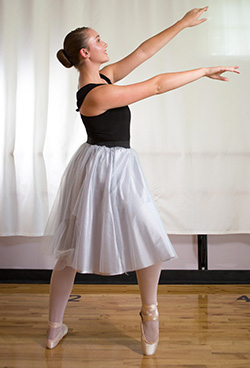 When she was 13, Payton Tindall began having migraine headaches. In an effort to pinpoint the source of the migraines, she underwent magnetic resonance imaging (MRI). The scan showed something unexpected.
When she was 13, Payton Tindall began having migraine headaches. In an effort to pinpoint the source of the migraines, she underwent magnetic resonance imaging (MRI). The scan showed something unexpected.
“Payton had a small, low-grade tumor in her medial frontal lobe. It was located in a silent area of the brain, meaning it wasn’t too close to any critical structures,” says Washington University neurosurgeon Matthew Smyth, MD, who treats patients at St. Louis Children’s Hospital. “The tumor was not the cause of Payton’s migraines, so we took a wait-and-see approach by regularly monitoring the tumor for any changes.”
Two years later, an MRI showed subtle signs that the tumor was growing, and the decision was made to remove it. Payton faced undergoing a craniotomy, which involves surgically removing part of the bone from the skull to expose the brain. Once surgery is complete, the bone is replaced. She was looking at eight weeks or more of recovery time.
“I love to dance,” says Payton.
“She was very concerned with dance, it being late in the season,” says her dad, Brett Tindall. “She was concerned she’d get behind.”
Needing part of her head shaved and having a noticeable incision weren’t aspects of the surgery that Payton looked forward to, either.
“It was right around that time we acquired two new technologies: the ROSA robotic surgical assistant and laser ablation surgery,” says Dr. Smyth.
ROSA™ serves as both a surgical assistant and GPS for the brain during stereotactic electroencephalograms. Laser ablation uses an MRI-guided, high-intensity laser probe to produce heat and permanently ablate brain tumors. The procedure only requires small incisions in the skull to allow the laser to reach the tumor. Both surgery and recovery time are greatly reduced.
“I was back at dance three weeks after surgery,” says Payton. “It meant a lot that I was able to stand on stage again.”
Her dad had different reasons for being grateful for Dr. Smyth’s expertise in using advanced technology to treat Payton.
“The biggest things for me about this type of surgery were that it was much less invasive, involved much less recovery time, and Payton got back to her normal activities much faster,” he says.
Payton will require long-term monitoring for any potential regrowth of the tumor, but for now the stage is set for her having a healthy life filled with pirouettes and pliés.










